Naxos, Greece. Pottery, bells, baskets, and how they are interwoven with food sovereignty.
The tapestry analogy of tradition, craft, and pastoralism.
This is about finding inspiration in disintergration. Creation and possibility in destruction. Hope, in a time when it is unfashionable to believe in the common decency of humankind.
The wine is in the fruit.
The pot is in the clay.
The cheese is in the milk.
The bell is in the earth.
What I see and hope to share can be explained as a woven fabric that is unraveling. The fragments still exist, small intact corners of complexity built over generations. Vestiges of a great tapestry. The traditions and self-sufficiency of pastoral and agricultural people are the fabric that is being pulled apart. But the threads are still here. My focus is not to lament what has been lost, but to celebrate the possibility of putting the threads back together, in a new mosaic made possible by modern conditions. Also, I feel the fabric is incredibly resilient and adaptable. It is a product of the ingenuity and resourcefulness which are still in our nature. We are weavers, who have been forced to leave the loom.
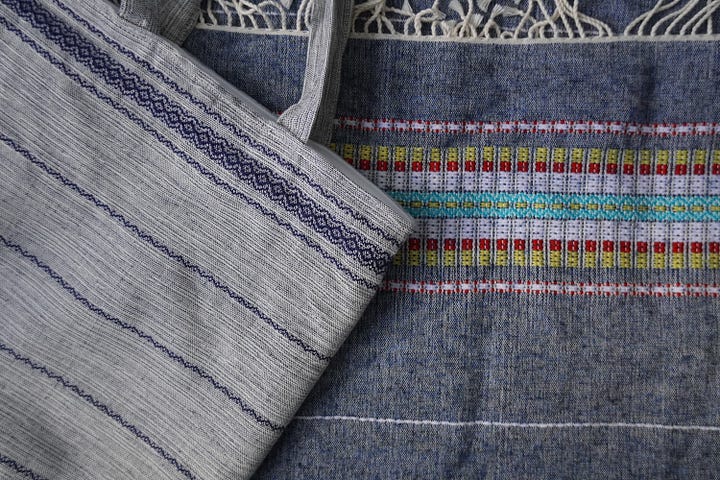
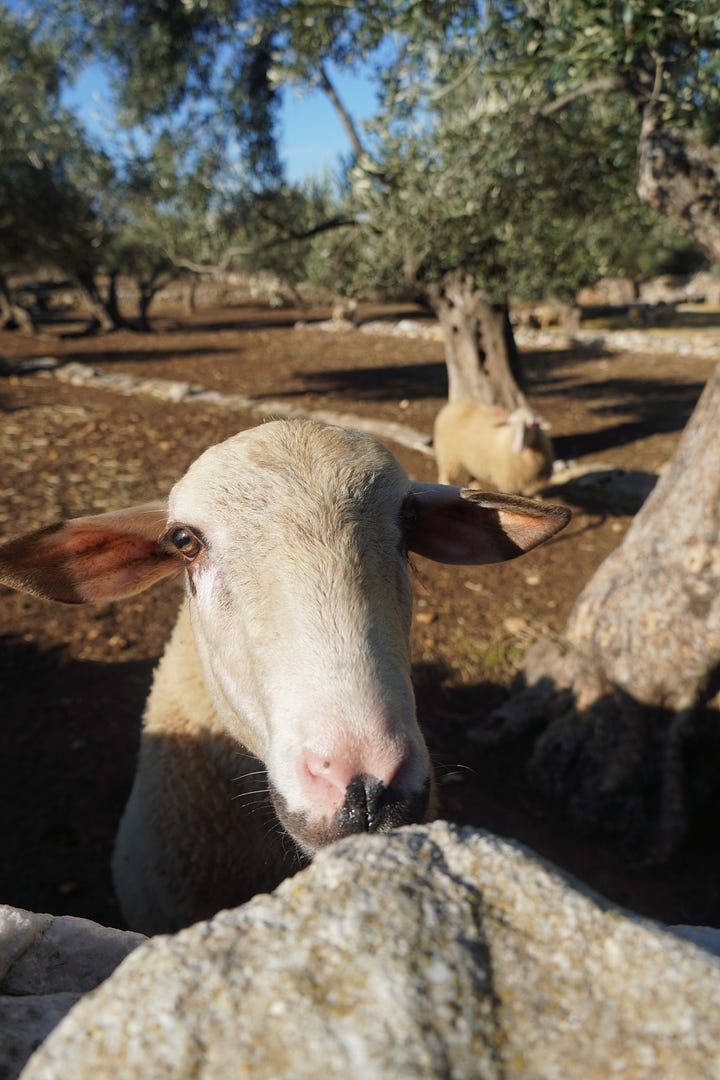
I am inspired to discuss other crafts that are ancillary to the pastoral life-ways and cheeses that captivate me. I arrived on the Greek island of Naxos, not realizing that there is not much cheesemaking happening here in November. The lambs and kids have been born, but milking does not commence for most farmers until January, allowing the newborns to become strong, drinking their fill. On Naxos I find lively fragments of food, alcohol, and cultural sovereignty. These are all in fact interconnected. I have visited ceramicists, bellmakers, distillers, and weavers. I have seen olive harvests, diverse agricultural systems, and living arrangements that evoke permaculture, but what people here just view as how things were done in “past days”. It’s a similar pattern to what I have seen in many places. People making things with their hands, feeding their families real food, laughing and crying, together. The tapestries come in many colors and designs, but have commonality. They are made of exchange, people coming and going, hardship, and optimism.
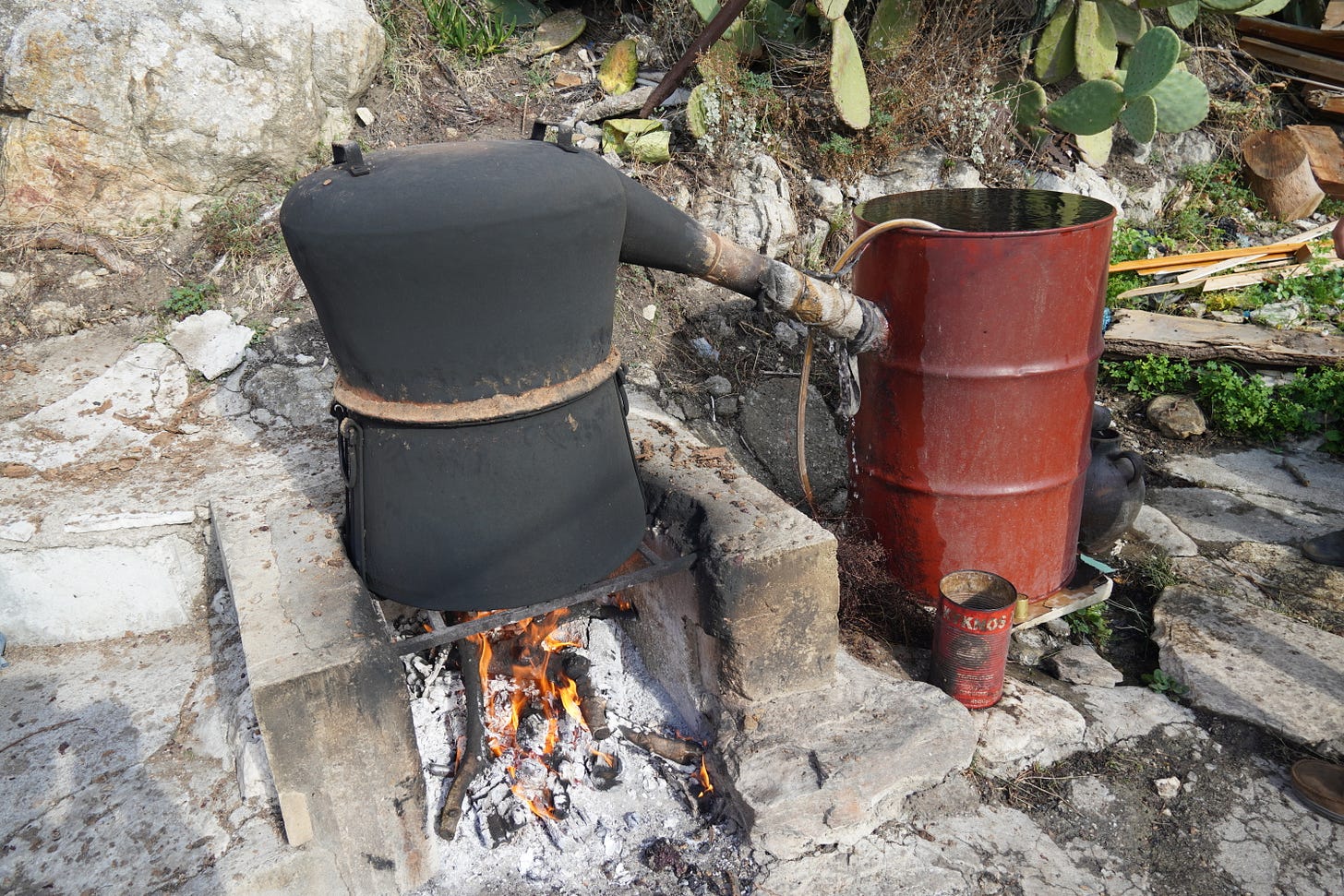
Let’s start with Raki. Fruits are made into wine with little effort. The wine is in the fruit, it just needs a vessel and some crushing. On Naxos this means grapes, which are made into white and what is called Rosé; here that means a ruddy reddish wine made with desiccating, nearly raisin grapes. A secondary process is to ferment the grapes further after the juice has been pressed out. They are left in barrels for months until the rainy season begins, signaling the end of fire danger. The grapes are brought to small, unofficial buildings, where a copper still is used to boil the fermented mass over burning wood, distilling the alcohol into a clear, grappa-like beverage that is surprisingly smooth.
It was a safe, festive, neighborhood gathering, with kids playing, and old people cracking bad jokes. No debauchery, just mild, celebratory inebriation. Is home-level distillation illegal in the US because it is unsafe? Of course not. It’s illegal to prevent you from learning how easy it is to make a year’s worth of liquor in a few days, from plants that grow all around you. The danger is that you’ll stop going to the grocery store. It’s a slippery slope.
In the depopulating village of Damalas, I visited the pottery study of Manolis Limpertas, a 4th generation ceramicist. He showed his wares, including an ancient device used to pull wine from pottery amphorae without disturbing the microbial balance by simply sucking on a straw.
He discussed the clay of different regions, and how he reads it before deciding what it will become. This artist doesn’t impose his will a upon lifeless, unintelligible matter. He allows the life in the material to express itself. The pot is in the clay. This is how I feel about milk and cheese. I don’t MAKE cheese, painting on a blank white canvas. I facilitate milk’s growth into cheesehood. I cultivate bacteria, steer fermentation, I give shape, I sculpt. The cheese is in the milk. Manolis made a pot on his wheel, quickly, with a serene face, without looking directly at the process. It was a casual, yet sensual dance. I hope to someday make cheese with a fraction of his grace.
I asked the farmers I visited if the bells that their sheep and goats wear are made on the island. I finally got a straight answer. Koronos. Many of us enjoy the musical quality of livestock on pasture, their bells ringing in melodic tranquility. There is of course a functional ground to this practice. Humans keep track of where livestock are - and whose they are - by sound. The animals also keep track of each other. We drove up through rainstorms, into a high village in the clouds, to the metal shop of a man named Manos. He welcomed us with typical Naxian hospitality. Pulling up a table and chairs, laying out far too many sweets, pouring coffee, interrupting the work flow that him and his son were deep in, to welcome strangers from another country without hesitation. This is another thread of the tapestry. Hospitality and respect seem to be the default mode of the functional societies I visit, until these traits are beaten out of us by empires, economic or religious ideologies, and other divisive forces. Have no doubt, there are powerful forces out there that want us to hate each other, to keep us divided. Present examples are glaringly obvious.
Despite tall language barriers, Manos described his craft, and demonstrated how makes the bells that are sent all over Greece. You can see more in This Link to Youtube. Dull sheet metal is cut into a measured rectangle, that is pounded a bit flatter, likely creating a more malleable surface. This is cut at shot-from-the-hip angles, then hammered into a rudimentary folded bell shape. Rivots close the circle, a clip is custom made to hold the nail like knocker inside, and create a bracket on top for the leather collar to be attached. A forge of charcoal is heated, and scraps of brass placed inside the bell, along with an unidentified powder. When exposed to high heat, the bronze melts, and permeates the whole bell. It took perhaps 30 minutes, and I was impressed to see that Manos never wore a pair of gloves throughout the process, which is fraught with potential for bashed or burnt fingers. The bell is made of earth, transformed through fire, by human hands.
Another craft that is practiced on the island is basket making. I visited a few general stores that had walls and floors covered in antiques and goods for sale: copper cookware, glass bottles, barrels full of olives. What really caught my interest were the woven cheese baskets that look similar to those I have seen in Sicily. (See This classic post for more.) I was told they are made in a village called Keramoti, but that the last person who made them has passed away, and they are not for sale. We visited the village to see if any basket studios were open, but the place was closed up for winter. These baskets are a thread of the unraveling tapestry that could easily be revived, if someone is interested in collecting the material, and learning how it can be woven together.
It’s easy to get bogged down in despair, and focus on the catastrophes that surround us. I am saddened by the loss of these life-ways that resonate so much with something deep inside many of us. While woe and despair are understandable, they can also debilitate, and prevent action. The tapestry is unraveling, but the threads are still here, in our common human hands. We have all the tools, lessons, and teachers at our fingertips. We can begin putting the threads and pieces back together, into something simultaneously old and new. It’s already happening. We are remembering, relearning, how to weave again.

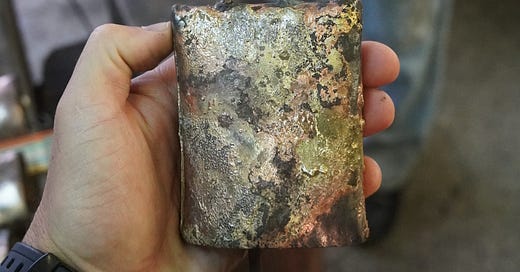


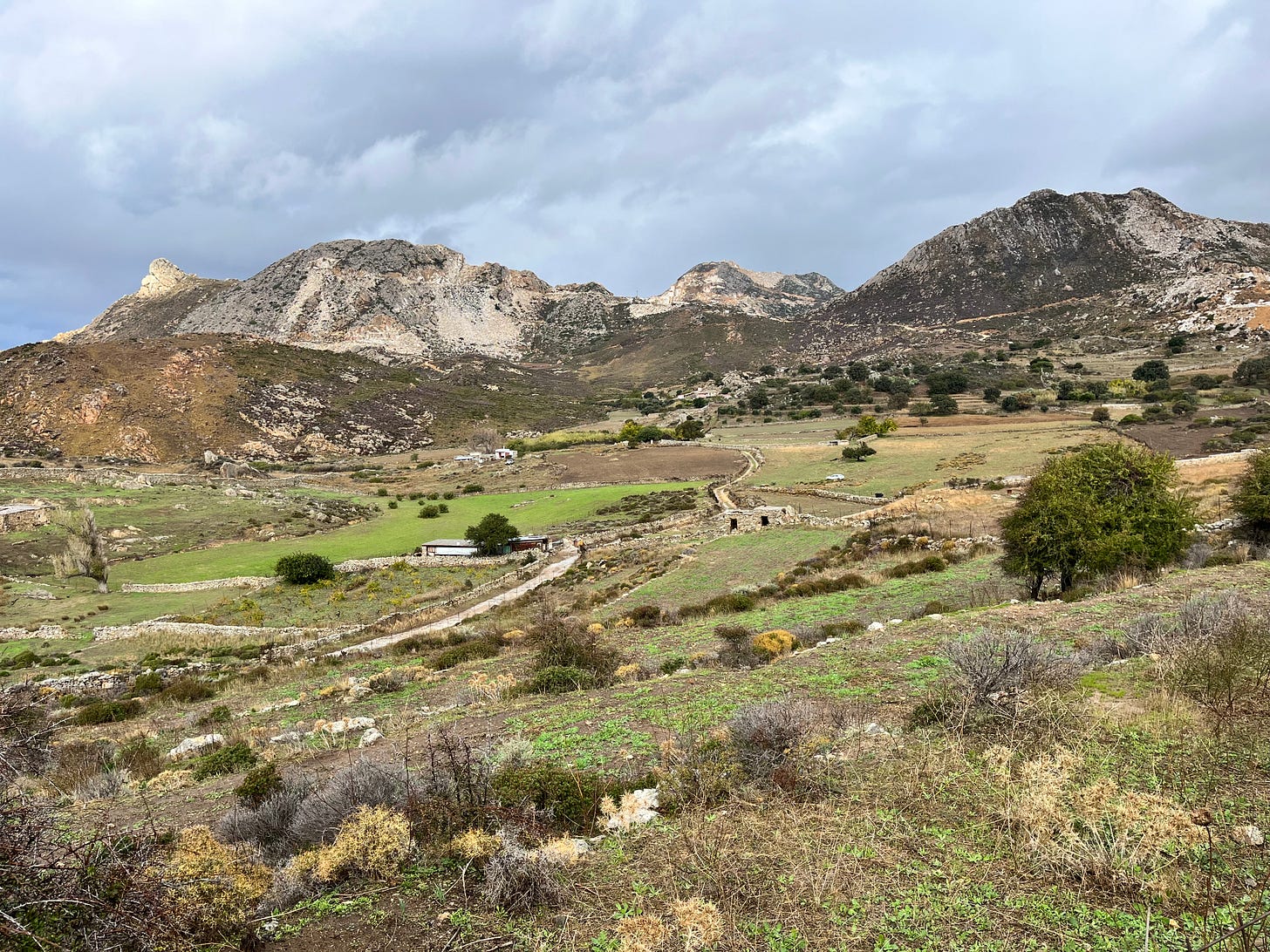
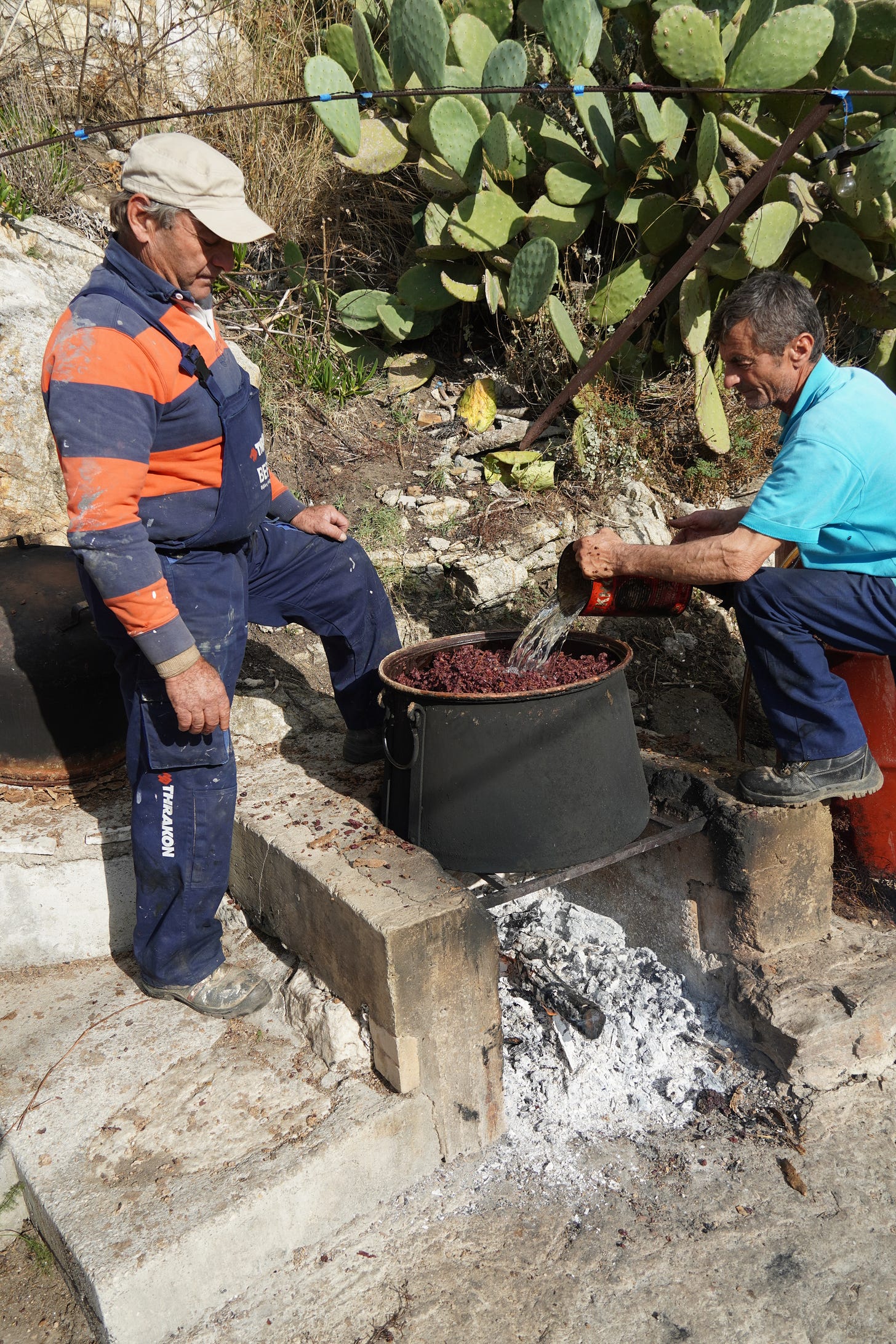
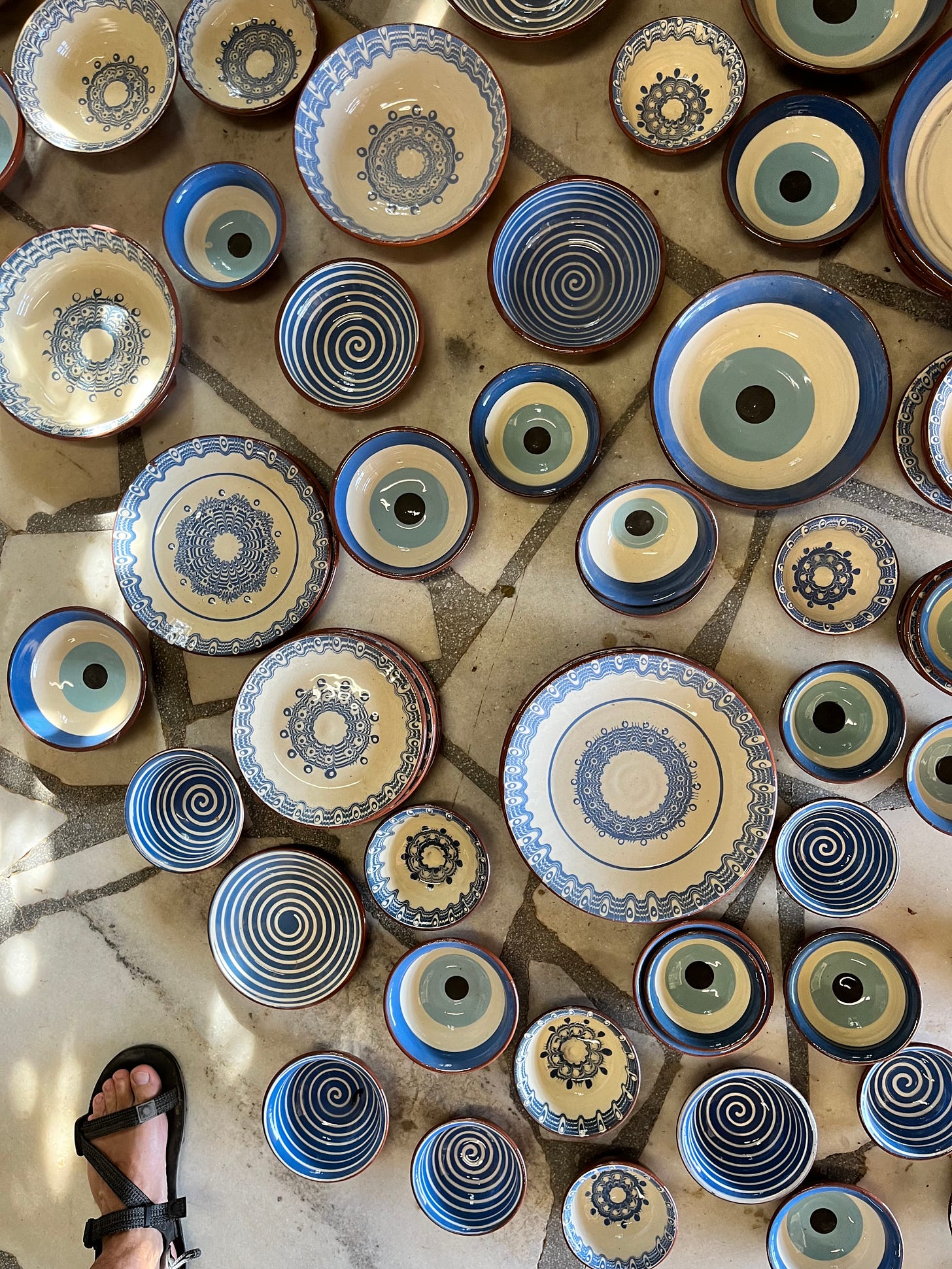
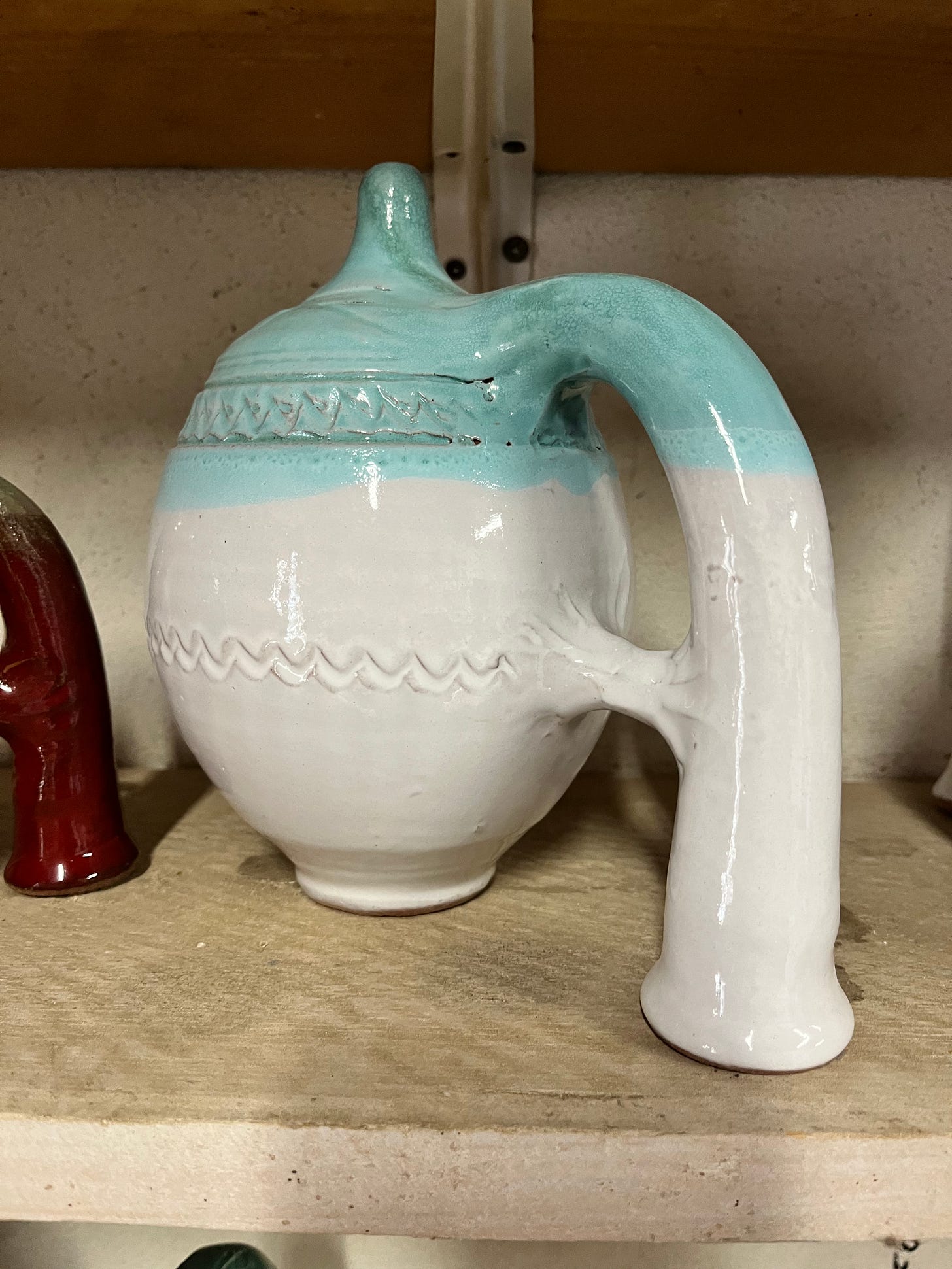
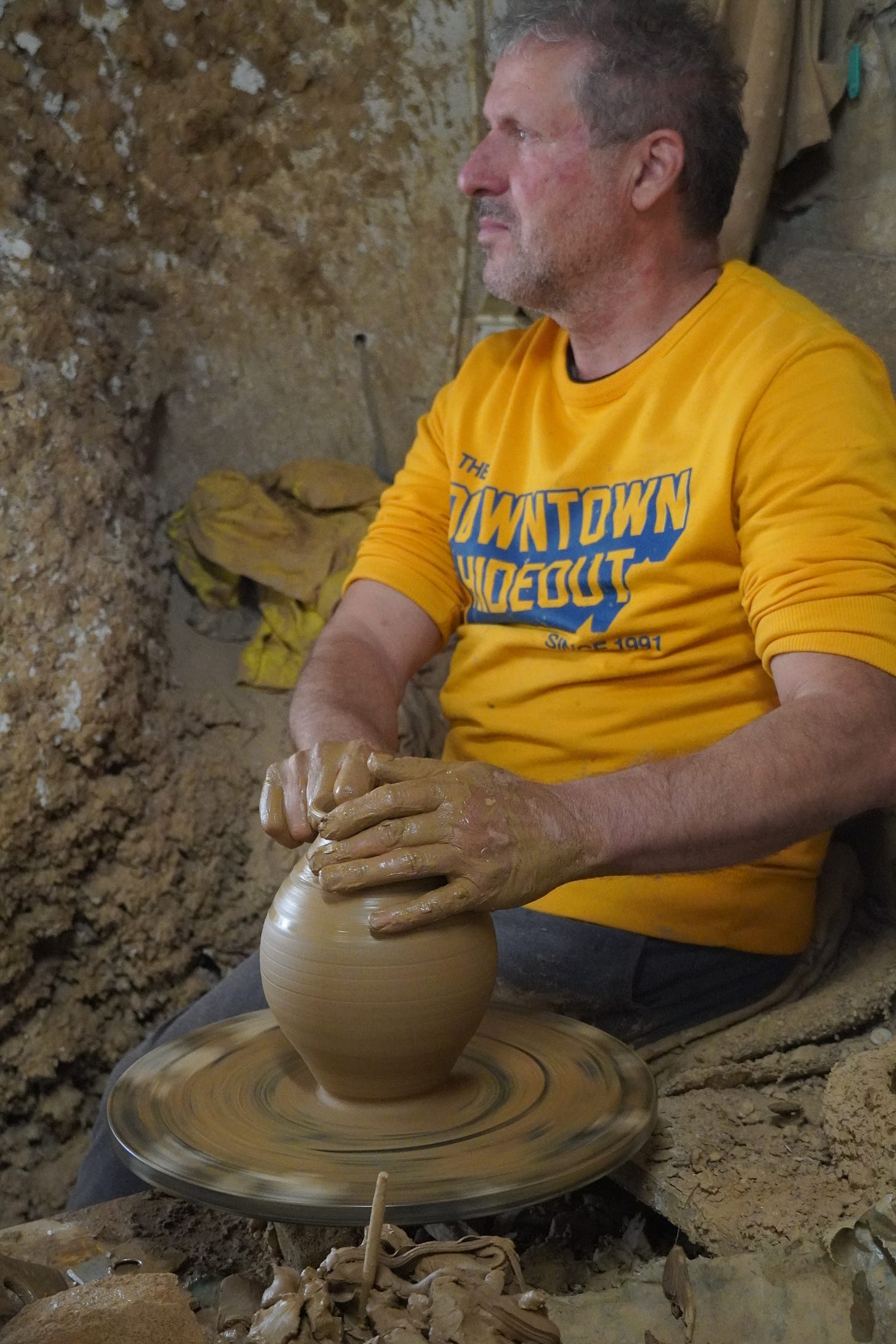
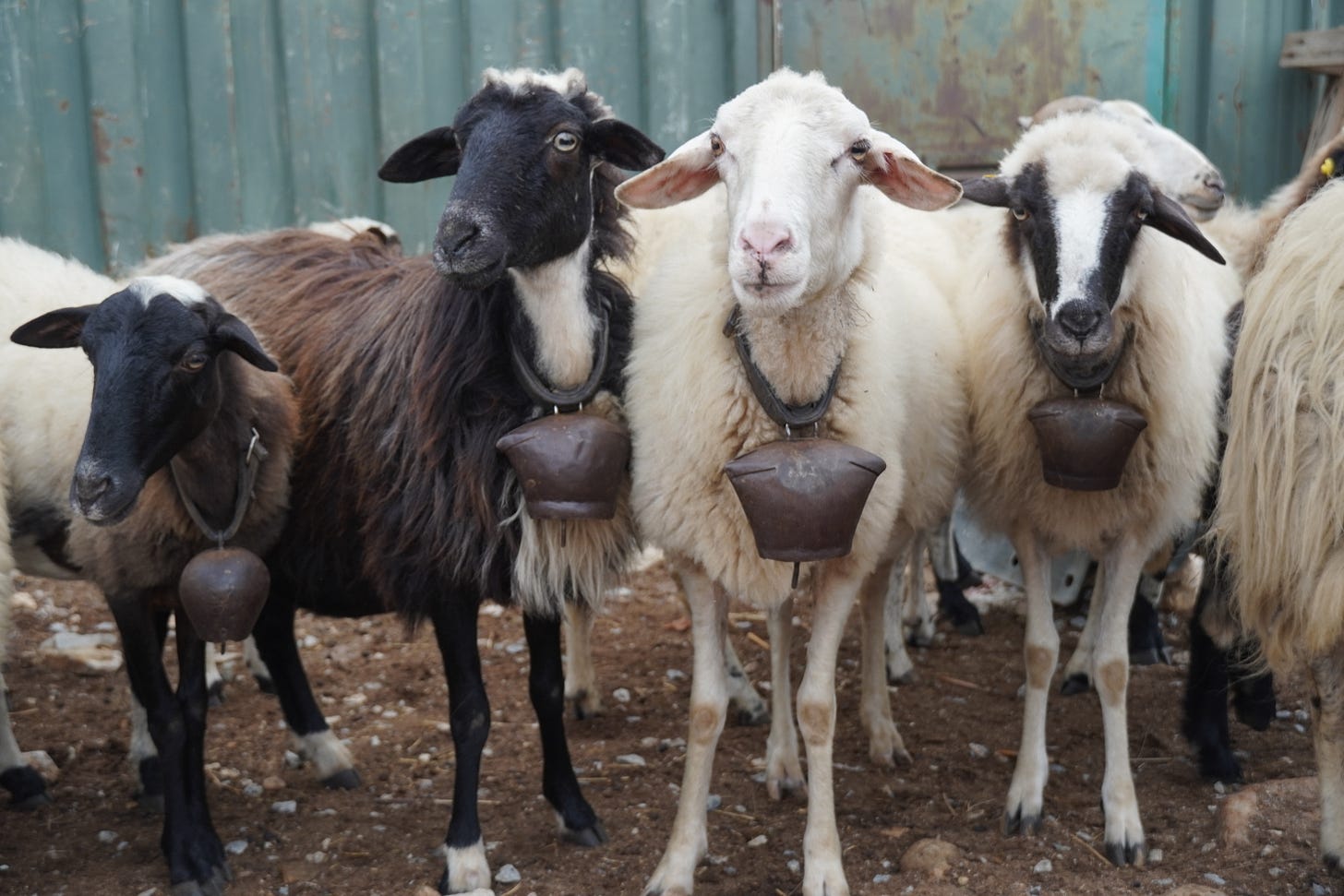
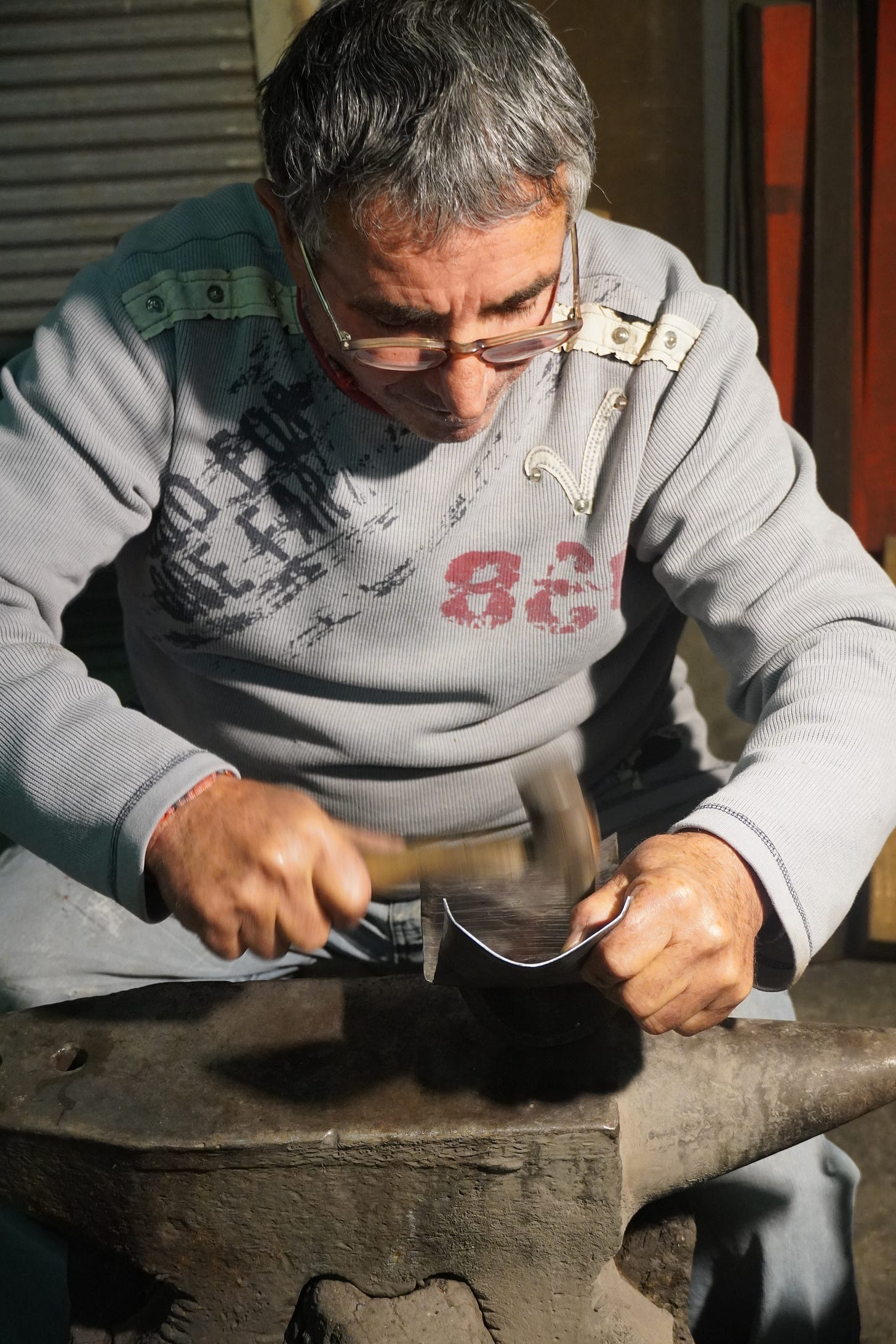
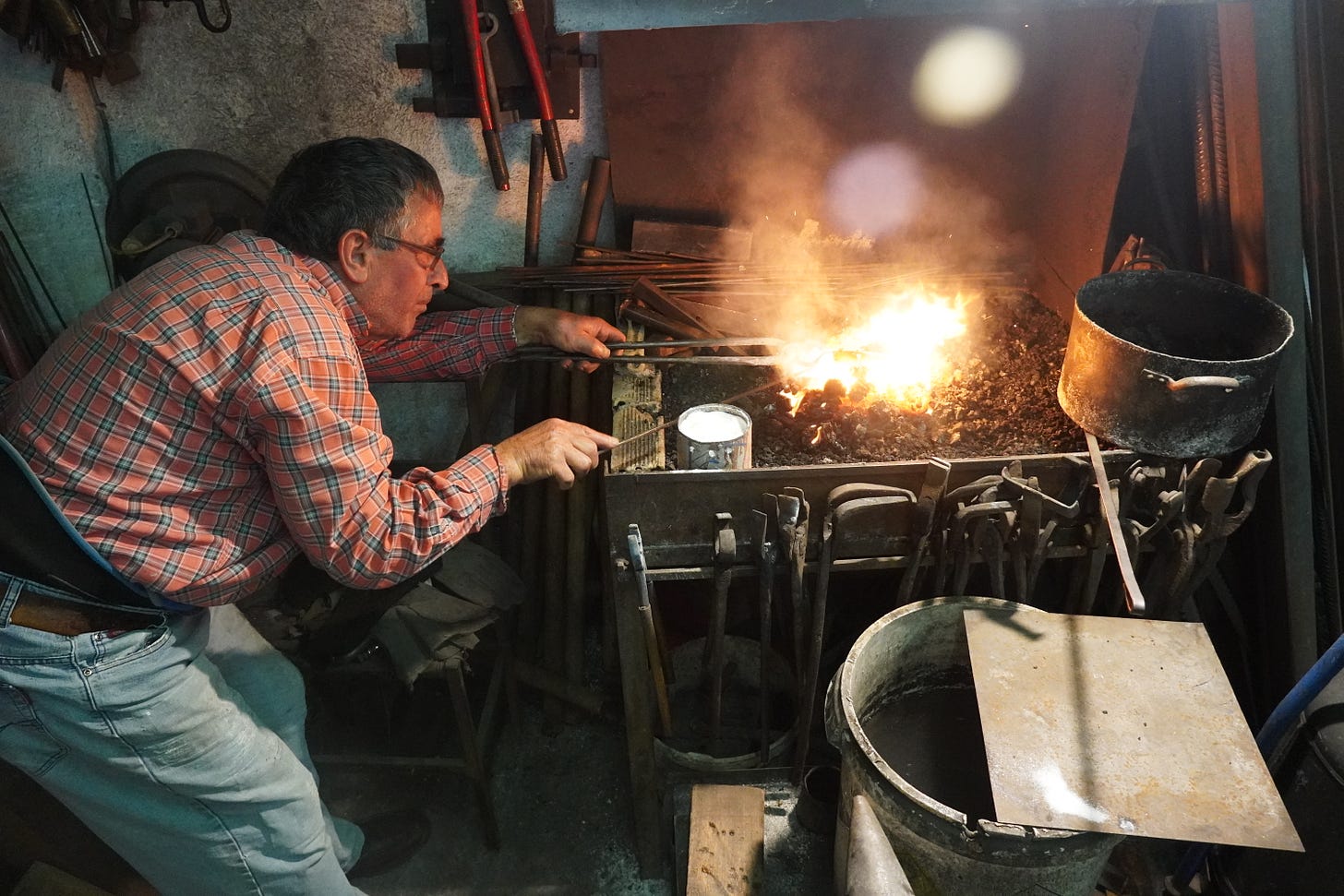

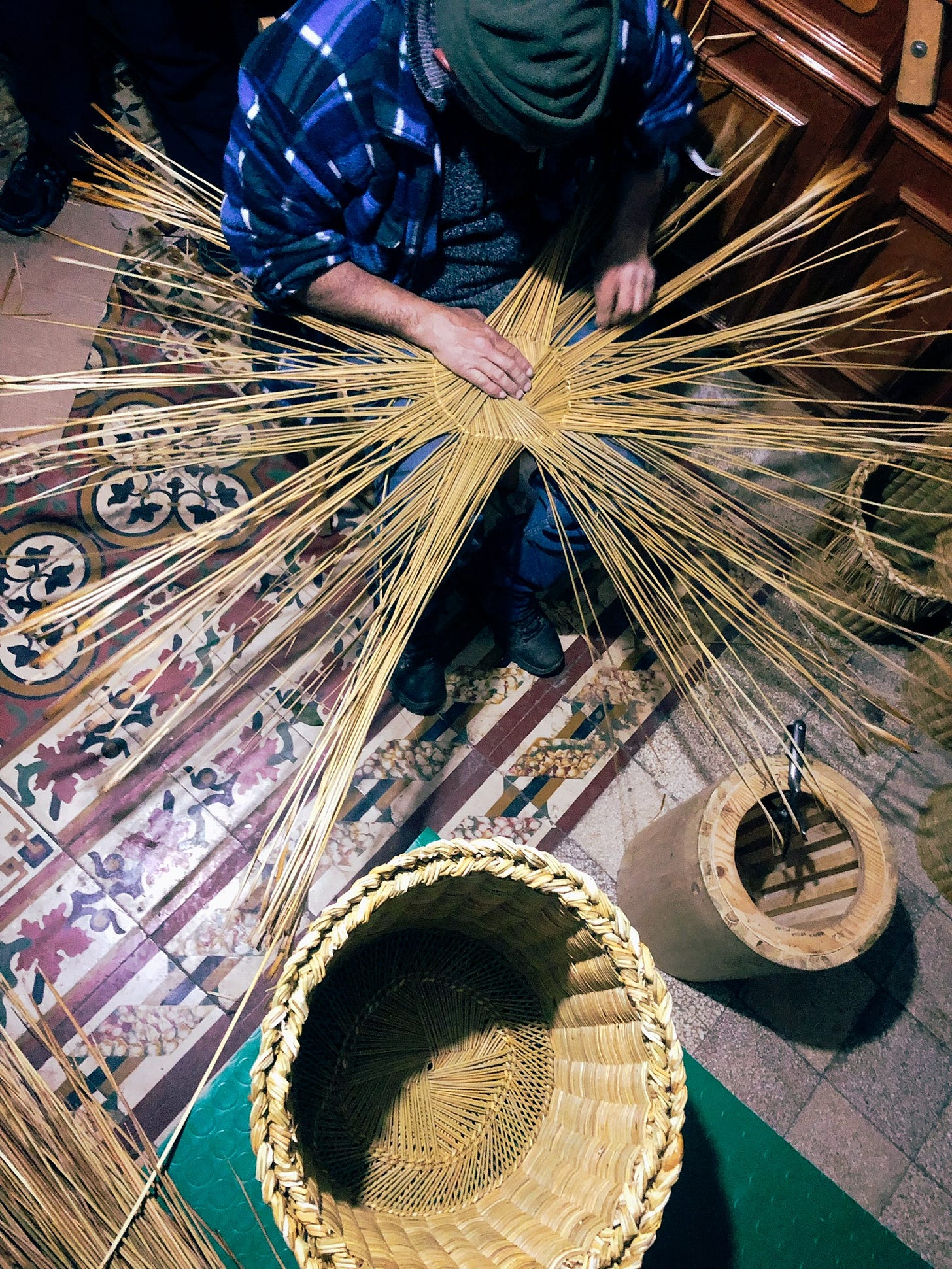
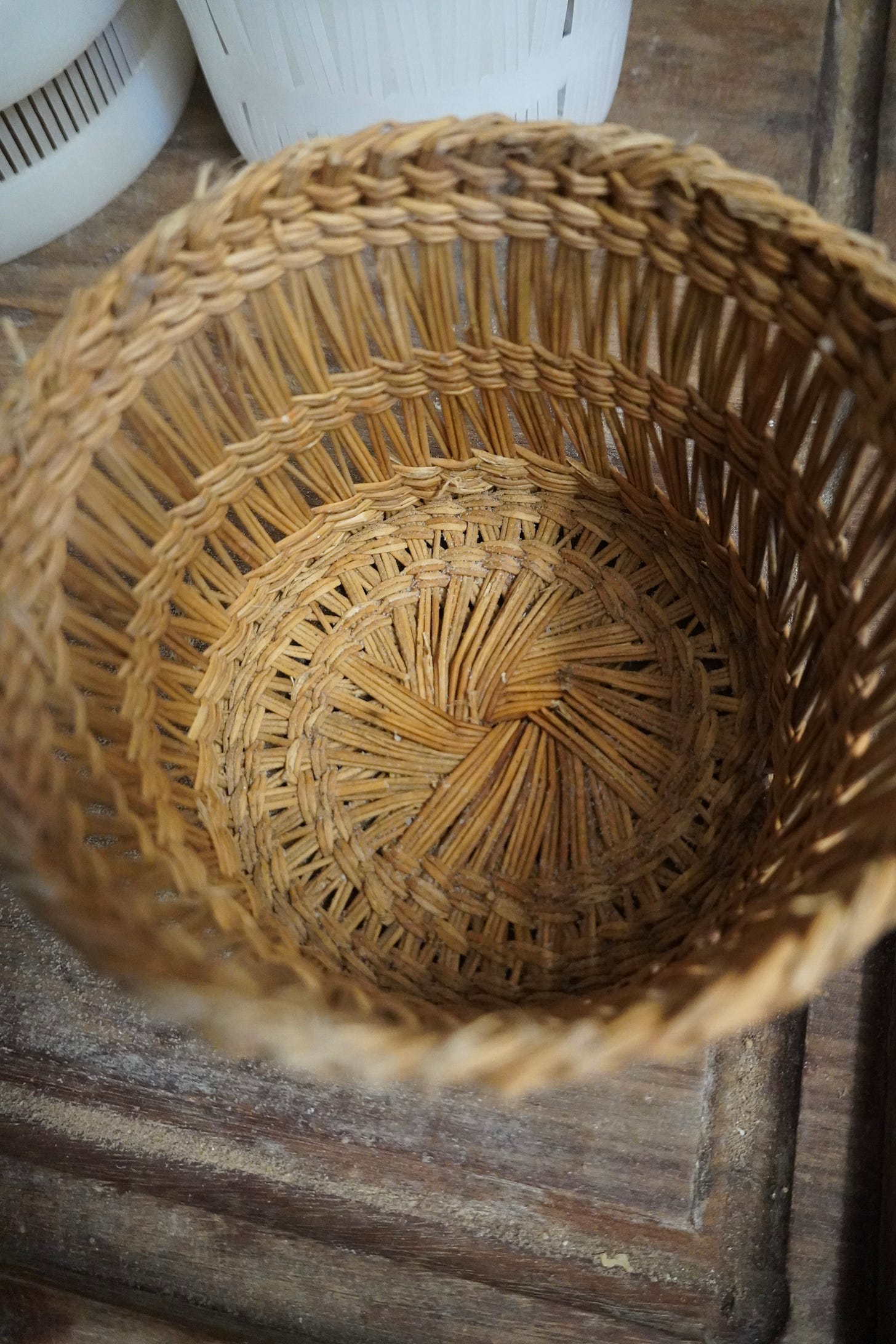
..and its the same wayw here with the camel culture in Rajasthan....so many ancillary occupations, from bell makers to saddle belt and camel wool weavers.....tapestry is the right word!
Beautifully written, especially the last paragraph resonates deeply with me.